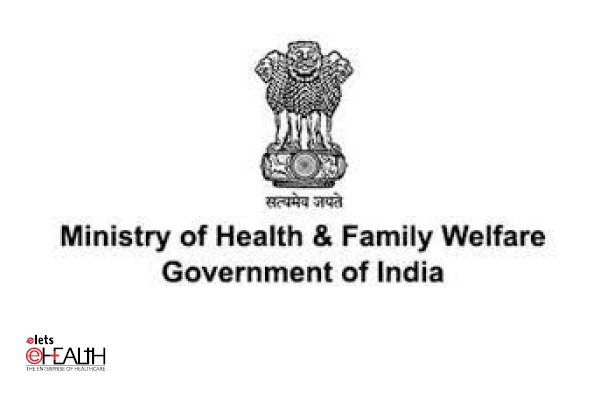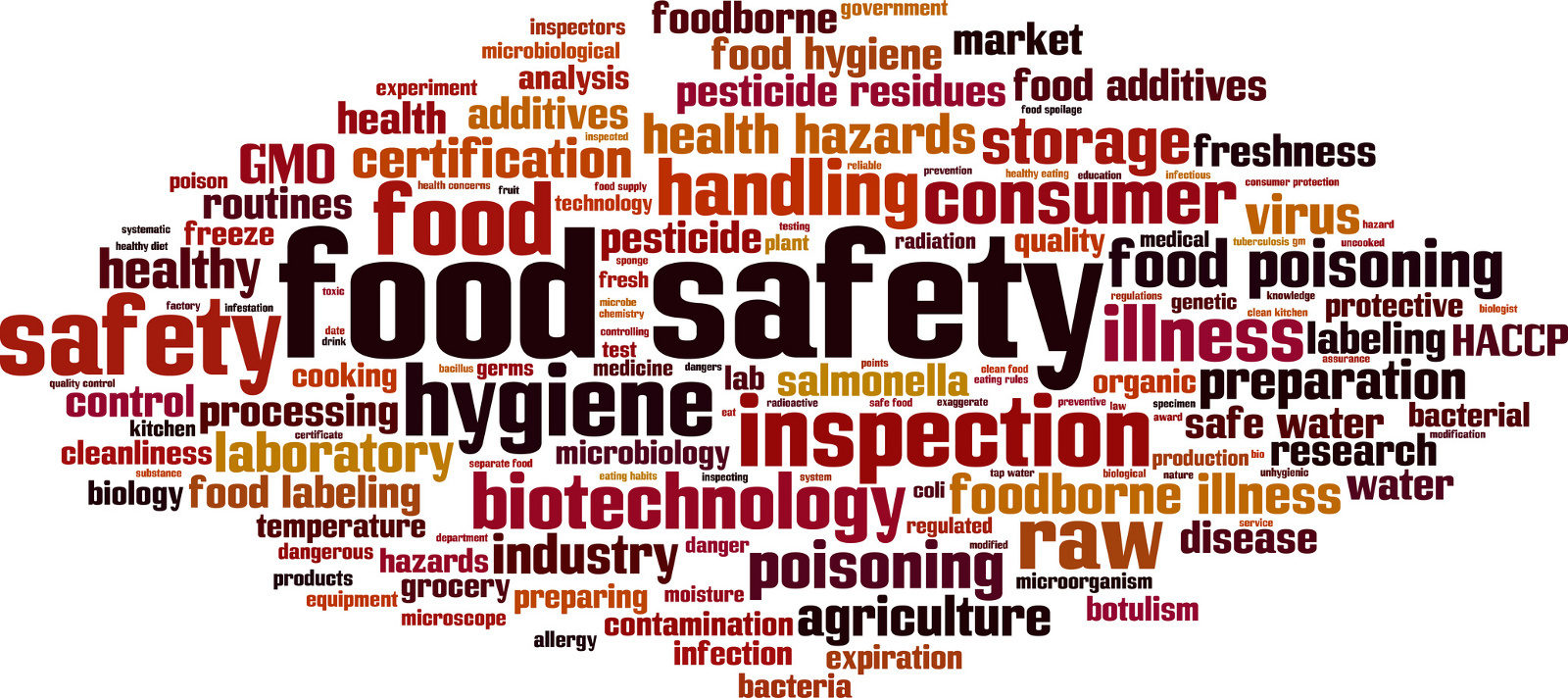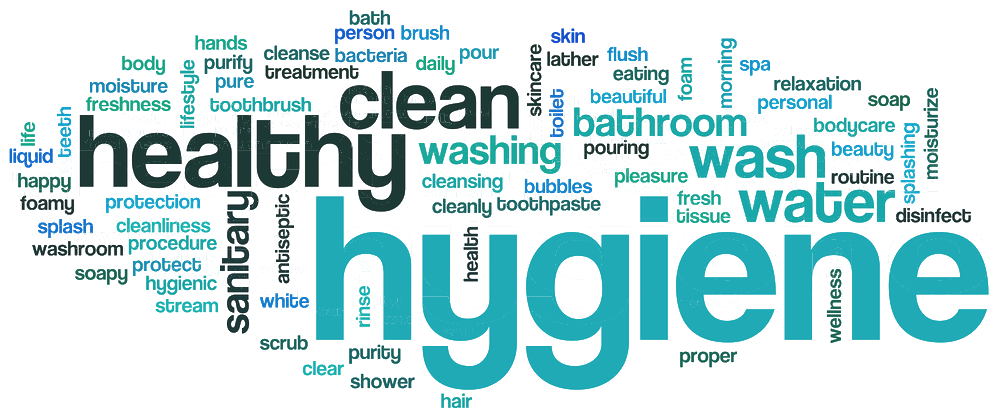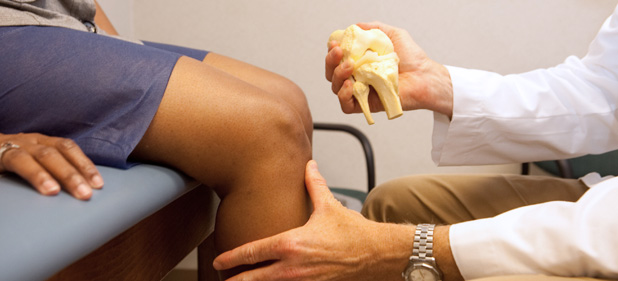The European Commission has published proposals designed to improve patient safety and reduce the number of patients who suffer harm from the healthcare they received. One of the main recommendations is to improve the data collection, recording and reporting on medical errors. Each year, three million people are estimated to acquire Healthcare Associated Infections in European hospitals, leading to 50,000 deaths. The new guidelines say much of the medical harm that occurs in Europe is avoidable. Avoidable medical harm is estimated to occur to between 8% to 12% of patients admitted to hospital each year. The most common types of adverse events in healthcare are: healthcare associated infections; incorrect or delayed diagnoses; surgical errors; and medication related errors. Most efforts to improve patient safety at Member State and EU levels have so far focussed on specific causes, for example, minimising the risk from medicinal products, medical devices or antimicrobial resistance. Androulla Vassiliou, the European Commissioner for Health, said: “Patient safety is the cornerstone of good quality healthcare. I would like to see a Europe for patients where safety is paramount and citizens are confident and knowledgeable about the care they receive.” Key recommendations for Member States include; establishing or strengthening reporting and learning systems; embedding patient safety in the education and training of healthcare workers; involving patients in the development of safety measures; and providing patients with relevant information on health risks and safety issues. The new guidance comes in the form of a Communication and proposal for a Council Recommendation with specific actions that Member States can take to improve the safety of patients. Eucomed, the European medical technology trade body, welcomed the guidance and recommended common standards be developed for terminology, data collection, and reporting and referral procedures. It also said there should be a greater role for the European Center for Disease Prevention and Control in monitoring patient safety trends at EU level. Pressure group Health First Europe said: “There is still insufficient reliable EU data on patient safety to show an accurate picture. Comparable information should be made available as a tool for identifying best practices and so that patients can make informed decisions.” HFE’s patron, former EU Health Commissioner, David Byrne, said, “there is plenty of information available on the safety of Europe’s beaches, but far less on the safety of Europe’s hospitals”. The Commission Communication recommends a comprehensive approach to improving patient safety. Member States are encouraged to put in place and improve strategies to prevent and control adverse events in all healthcare settings. The primary focus is on addressing systemic and organisational failures responsible for most harm to patients. The guidance urges Member States to share best practice and expertise in this field.

Be a part of Elets Collaborative Initiatives. Join Us for Upcoming Events and explore business opportunities. Like us on Facebook , connect with us on LinkedIn and follow us on Twitter , Instagram.











